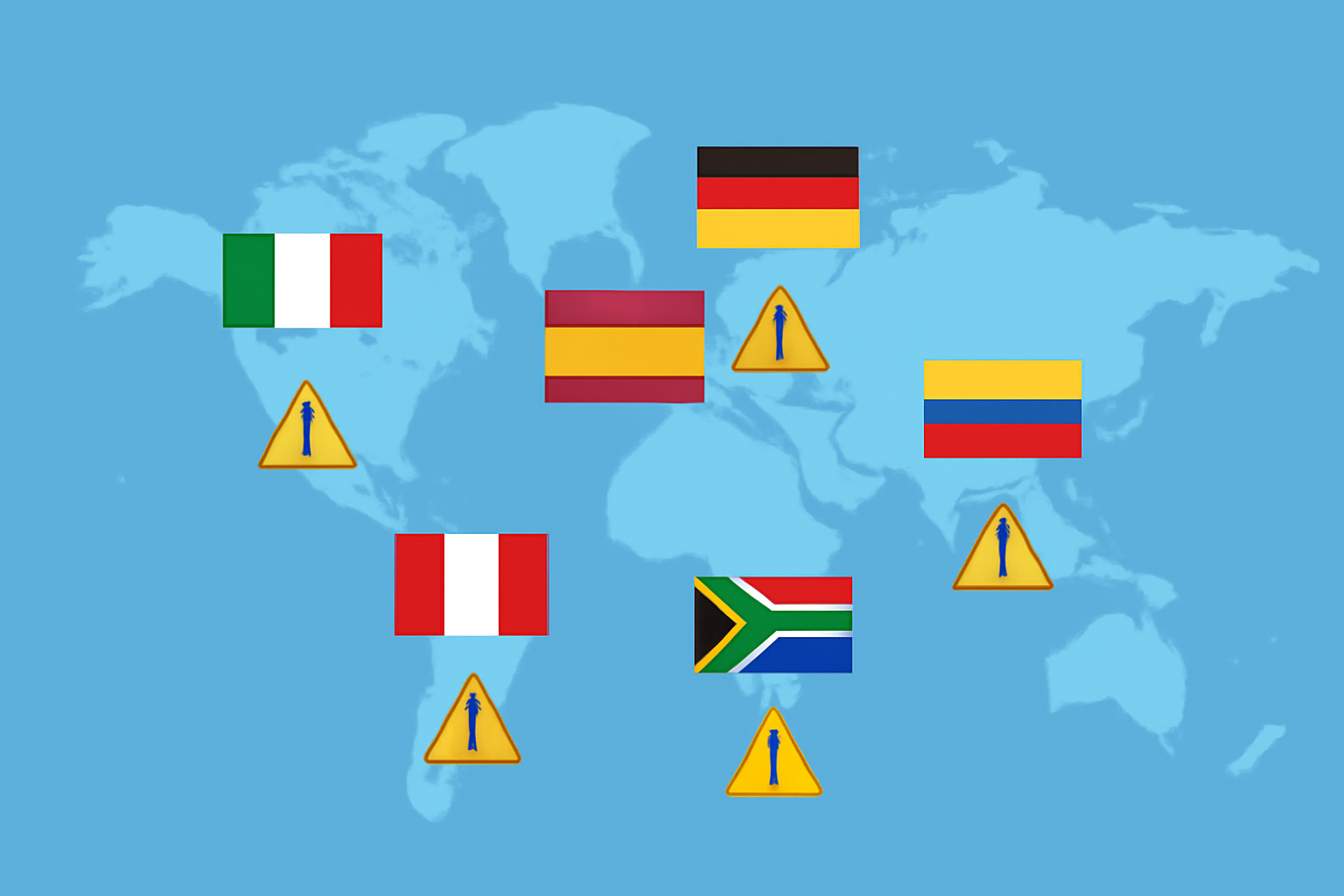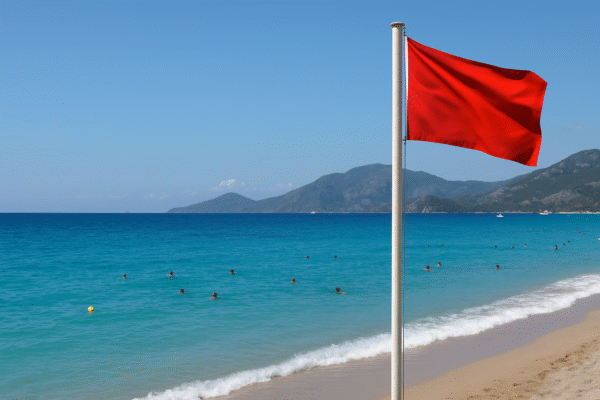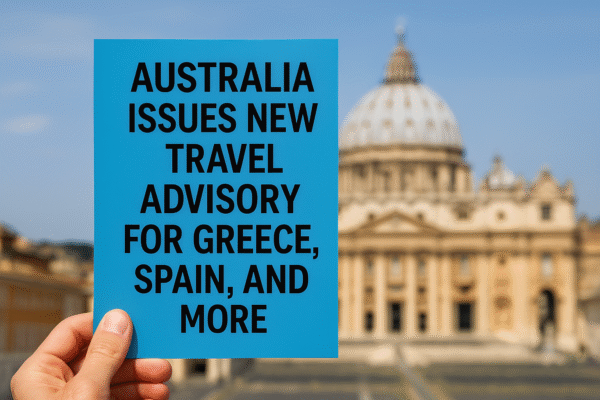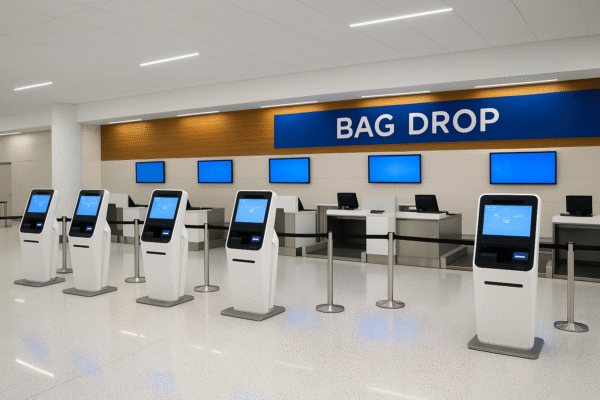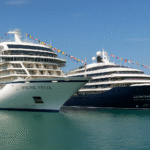Mexico’s Rising Cruise Tax: How a $5 Fee Is Reshaping the Future of Cruise Tourism by 2028
In a significant policy shift poised to affect Mexico’s vibrant cruise tourism sector, the Mexican government will introduce a new cruise passenger tax starting in July 2025. The fee, which begins at $5 per person, is set to rise incrementally over the next three years, reaching $21 per passenger by 2028. While intended to generate vital revenue for infrastructure and public services, the tax has ignited concerns among cruise lines, port cities, and local businesses that rely heavily on the flow of cruise tourism.
Cruise Tax Timeline and Policy Structure
Mexico’s new cruise tax applies to all international passengers arriving at Mexican ports. The pricing scheme is designed to phase in gradually:
- 2025: $5 per passenger
- 2026: $10 per passenger
- 2027: $15 per passenger
- 2028: $21 per passenger
The Ministry of Finance initially proposed a much higher flat-rate tax of $42. However, following negotiations with the Florida-Caribbean Cruise Association (FCCA), the Mexican government agreed to a tiered rollout in an effort to balance fiscal goals with tourism sustainability.
This new structure affects key cruise destinations including Cozumel, Mazatlán, Mahahual, and Puerto Vallarta—port cities that collectively host millions of cruise tourists annually.
Industry Alarm: Cruise Lines Push Back
Major cruise operators and the FCCA have voiced concern over the cumulative cost impact on itineraries including Mexican ports. Cruise companies are already burdened by operational expenses and port charges, and the additional tax could push Mexico into the category of one of the most expensive cruise destinations in the Caribbean region.
According to FCCA executives, itinerary planners may reroute ships to other competitive destinations in the Caribbean or Central America that offer more cost-effective port calls. “The new tax could result in Mexico pricing itself out of the cruise market,” said one industry analyst. “Even though $5 is minimal in 2025, the $21 fee by 2028 could be a major deterrent.”
Local Business Sentiment: Hope Mixed with Worry
In Cozumel, one of Mexico’s most trafficked cruise hubs, local business owners expressed a mixture of anxiety and cautious optimism. The cruise economy fuels a wide range of small enterprises—from souvenir vendors and tour guides to restaurants and dive operators.
“Even a slight reduction in passenger numbers can affect our livelihoods,” said Lilia Martínez, owner of a boutique in Mahahual. “We depend on foot traffic from cruise ships. Every dollar counts.”
Still, some entrepreneurs see the gradual tax implementation as an opportunity to prepare. “This gives us time to adapt,” said Manuel Torres, a restaurant owner in Mazatlán. “If the government invests the funds properly, we could see better infrastructure, which benefits both tourists and residents.”
Government Perspective: Fiscal Stability and Fair Contribution
President Claudia Sheinbaum and her administration defend the tax as a necessary measure to support national economic stability and fund improvements in tourist infrastructure—such as better port facilities, sanitation, and local transport networks.
Officials argue that cruise tourists often enjoy Mexico’s scenic ports without contributing significantly to the country’s economy compared to land-based visitors. The tax seeks to level the playing field by ensuring cruise tourism also supports local development.
“We are not targeting tourists, we are supporting our communities,” said a spokesperson from Mexico’s Secretaría de Turismo. “Funds collected from this tax will directly benefit the port cities receiving cruise traffic.”
Economic Risks vs. Infrastructure Goals
Critics argue that the timing of the tax increase could backfire if global economic uncertainties—such as fuel costs, inflation, or cruise industry slowdowns—continue into the late 2020s. They warn that if cruise lines respond by cutting Mexico from their itineraries, the financial benefits from the tax could be offset by reduced visitor spending and employment loss in port cities.
However, proponents highlight long-term benefits. According to a report by the Banco de México, improved infrastructure in tourism corridors contributes to increased visitor satisfaction, longer stays, and repeat visits—ultimately generating more economic value than one-off visits.
International Comparison: A Regional Trend
Mexico is not alone in implementing cruise-specific tourism taxes. Caribbean destinations like the Bahamas, Jamaica, and the U.S. Virgin Islands have similar levies ranging from $18 to $25 per passenger. Environmental and sustainability concerns are often cited as justifications, and Mexico’s strategy aligns with this growing regional trend.
In fact, some tourism economists argue that a structured cruise tax allows for better resource allocation and environmental management in fragile coastal zones—especially in areas like the Mesoamerican Barrier Reef near Cozumel.
The Road Ahead: Balancing Sustainability with Tourism Growth
As Mexico prepares to implement the first phase of the tax in July 2025, much remains to be seen about its real-world effects. Cruise lines, local officials, and tourism boards are watching closely, with several roundtable discussions already planned between government agencies and cruise industry stakeholders.
To offset potential negative impacts, Mexico may consider expanding digital promotions, loyalty incentives, and sustainable tourism initiatives. Maintaining the allure of its world-renowned ports while addressing infrastructure funding needs will be a critical balancing act.
In the end, whether this tax becomes a burden or a benefit will depend largely on how well it is managed, invested, and communicated to both cruise passengers and the broader global tourism industry.
For more travel news like this, keep reading Global Travel Wire




